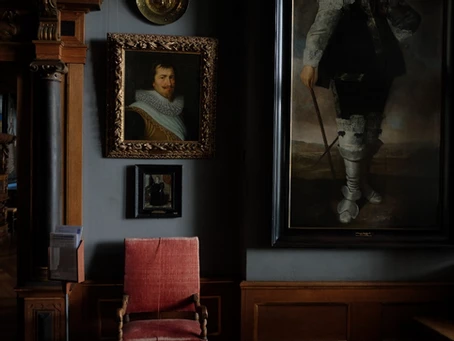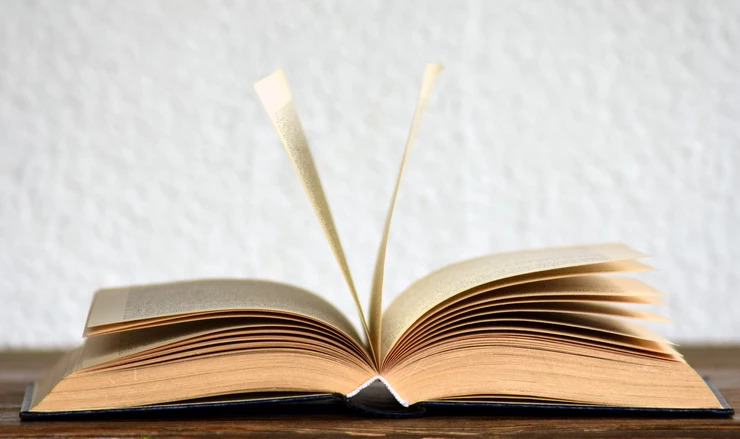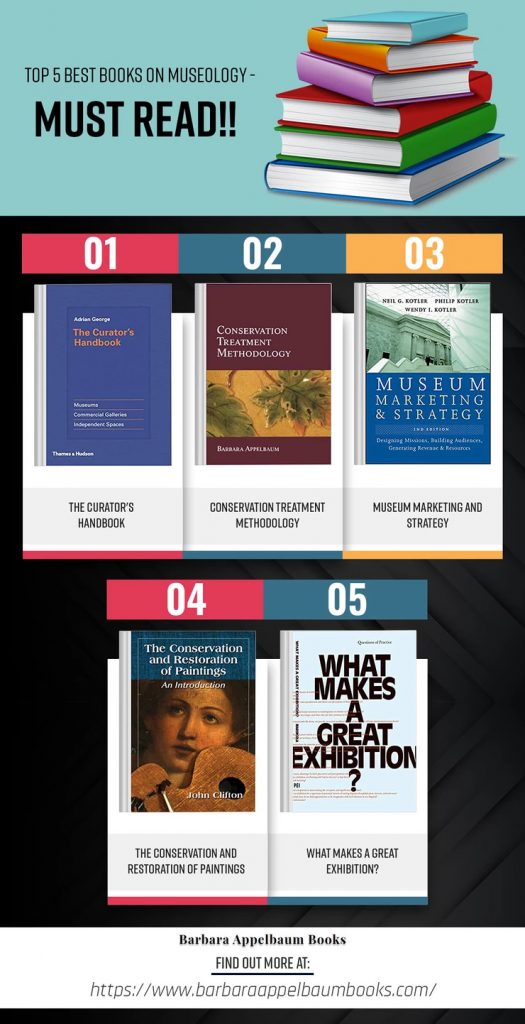When it comes to Significance of Collections Care in museology or work of any museum there are ethical, fiduciary, legal, and professional responsibilities involved. Collection(s) care is among the main responsibilities. Of course, there is conservation in relation to collections care and then there’s preservation. However, it’s a whole another discussion. Collection(s) care can be discussed in regards to the management and treatment of collections that could be either or both preventive and remedial conservation. Whether you are a curator or a manager understanding how to care for your collections is among the primary things to consider when starting a gallery or museum.
Why is Collection(s) Care important?
Collections make a museum unique and stand out. Without them, it might as well not exist. This makes collections care all the more important as it makes them available to the public eye in their original entirety. Also, it helps in the preservation of collections for future generations.
Significance of Collections Care
Collections care in simple terms is caring for collections which means objects and collections over everything. These statement specimens need to be in their finest possible condition at all times; regard and respect for these spectacular objects will always remain a mandatory obligation in the field of conservation and preservation.
The respect and regard begin with treating all objects as irreplaceable, fragile, and utterly valuable. Since they are the most priceless assets of a museum, every object counts. The key to care is to believe that every object is of equal value. The more you care for your collections, the more grandeur of your museum.
Care or Conservation?
Although you might have heard references to conservation while discussing caring for collection(s); it’s a whole another practice to collections care. There is –
Collections care- It follows a standard strategy that incorporates the correct protocol for managing collections.
Remedial conservation- it’s when the damaged individual items in collections are corrected or stabilized.
Preventive conservation- this has everything to do with the potential damage and issues with collections. It includes pest management, storage, environmental monitoring to prevent all kinds of damage to the collections.
Roles and Responsibilities
When it comes to collections care, everyone has a role to play. From volunteers to cleaners everyone should be concerned about the safety of the collections. It is not the duty of a single person or a group of staff members particularly for the responsibility of caring for a museum’s collections- the entire museum team should be involved in preserving museum collections.
Managerial responsibility– managers have the supreme responsibility. The role includes strategy development, planning, and implementation of the essential care tasks.
- Facilitating workforce training sessions
- Organizing and distributing duties for basic tasks
- Curating the procedural manual
- Creating an allocating budget for collection(s) care supplies
Ongoing care– a continual process that requires the establishment of proper action plan and routines to ensure year-round care through-
- Housekeeping
- Checking and Monitoring
- Labeling
Housekeeping- this is essential in the maintenance of a clean museum, just so the quality of the collections remains preserved and intact.
- Maintaining clean environment
- Pest management
- Appropriate cleaning of objects
- Cleaning dust and protective sheets
Checking and Monitoring – A very important practice, regularly monitoring and checking for issues would help identify major problems early on. This includes routine checks for updated data and information.
- Condition of collections
- Suitability of containers, fittings, and furniture
- Building and facility maintenance
- Equipment maintenance
Labeling- this practice keeps track of all the objects in the collections. It involves a central database that has a labeling system.
Collections care includes a lot more than simply caring for collections, these valuable pieces have stood the test of time for generations and would continue to do so with respect, regard, and care in the world of museology.


